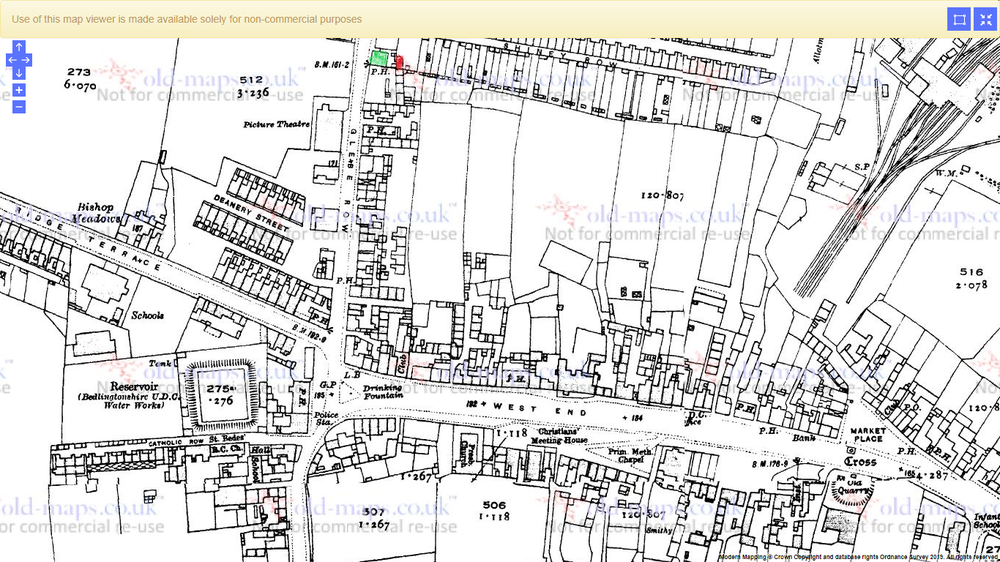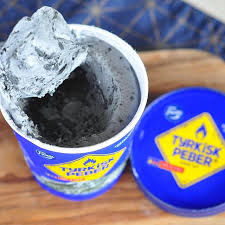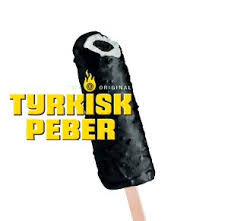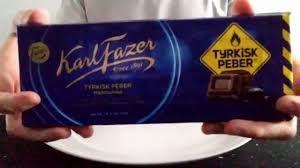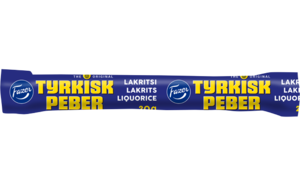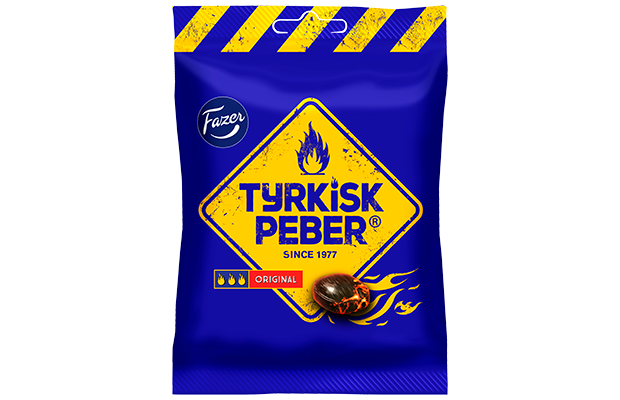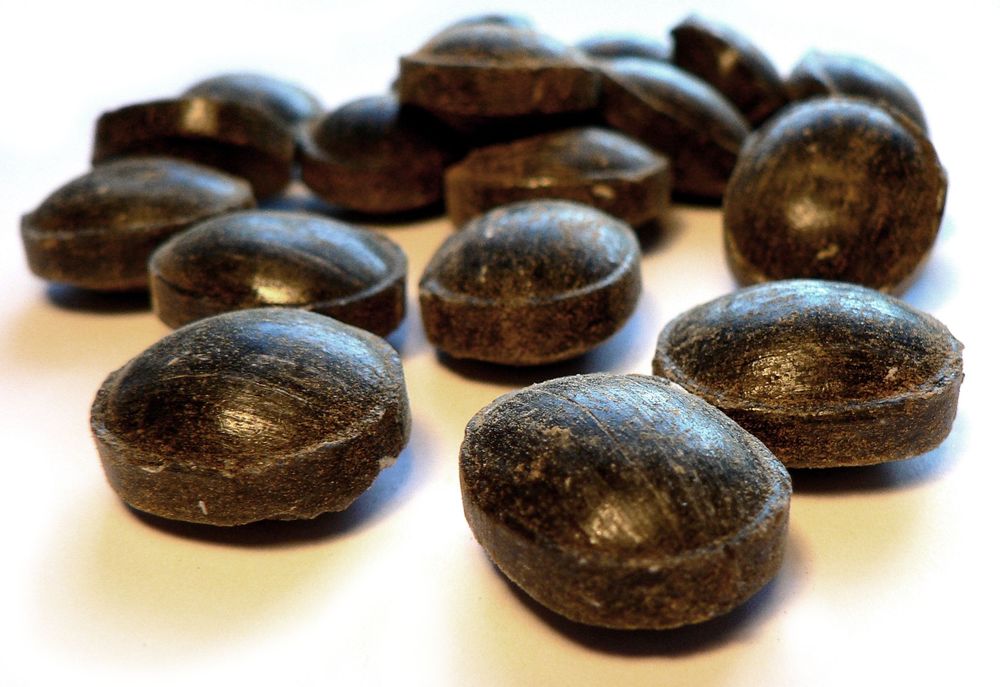.jpg.cdd7f8371d17e2f2f2e2a0e21e02f727.jpg)
Canny lass
Supporting Members-
Posts
3,607 -
Joined
-
Last visited
-
Days Won
414
Content Type
Forums
Gallery
Events
Shop
News
Audio Archive
Timeline
Everything posted by Canny lass
-
Only 1 left now but I've just ordered it! Thanks!
-
Impressive collection! I'll have a look for the book on't net.
-
Nice and easy this week! 1. Who performed the theme song in the James Bond film Thunderball? 2. What is the capital of the Dominican Republic? 3. What is an odalisque? 4. Which of Henry VIII’s wives is buried alongside him at Windsor? 5. In which country does the Amazon river meet the sea? 6. Which sport was played by Peanut Louie? 7. Which bird has the scientific name Troglodytes Troglodytes? 8. Which David presented Juke Box Jury? 9. Which Sunday newspaper first hit the streets of London in 1843? 10. From which animal did Jenner develop his smallpox vaccine? 11. What name is given to words such as deed, minim, madam and rotavator? 12. What makes stainless steel stainless? I’ll bet you didn’t know …. An iceberg bigger than Belgium was seen in the southern Pacific Ocean in 1956.
-
Much better photo! Don't recognise any of those names. Is that book any good? Worth having in my collection?
-
.thumb.jpg.7493ddab4a696108cf2b849323d3c155.jpg)
Help please re smell/deceased animal next door
Canny lass replied to Sarah Gordon's topic in Talk of the Town
It may be gone but it's still left a very bad smell ... coming from environmental health - who didn't offer any help! Same on them! -
.thumb.jpg.7493ddab4a696108cf2b849323d3c155.jpg)
The Netherton Family Treer by Jack Black
Canny lass replied to Alan Edgar (Eggy1948)'s topic in History Hollow
I have a photographed copy of this taken from a book ( I don't know which book), pages 85 - 106, by "John Edward Fitzgerald Black b. Netherton Colliery 9.2.1915 d. Bedlington 28.3.92". I've no idea where I got it from. Perhaps the typewritten is the original. That's definitely my family on page 3 -
It's Friday! Let battle commence! Choice of weapons - Google at 10 paces: 1. How many days does a broody hen sit on her eggs? 2. What would a cooper make for you? 3. Which British monarch’s dying words were “All my possessions for a moment of time”? 4. Who won the Monaco Grand Prix in 1996? 5. Which city is served by Hopkins Airport? 6. What is the currency in Iraq? 7. In which city is the Embassy World Snooker Championship held? 8. Who played the title role in the1966 film Alfie?? 9. What is a gibus? 10. Which singing voice is between tenor and soprano? 11. What is Fred Flintstone’s daughter called? 12. Which organization has twice won the Nobel Peace Prize? I’ll bet you didn’t know …. In November 1960 an American rocket, launched from Cape Canaveral, went off course and crashed in Cuba killing a cow.
-
Bit before my time but they are 2 and 4 are still familiar. Have I seen them on other photos in our excellent gallery perhaps?
-
2 and 4 are vaguely familiar but I can't put a name to them just yet. Any idea what year this is? It's not my age group.
-
Time for a bit of brain gymnastics! We can't be letting this Covid-19 make us lazy. How's everybody coping? We now have three family members who have tested positive and in quarantine at home - all three in the same household. 1. Harry Potter was brought up by his aunt and uncle at which address? (House number, street, town and county required). 2. Where was the first land battle of the Falklands War? 3. Which of the four Beatles was the youngest? 4. Who was known as the Widow of Windsor? 5. What was the name of the boat in which Sir Francis Chichester circumnavigated the world 1966-67? 6. What did Jack Horner eat in a corner? 7. What is the full moon following the Harvest moon called? 8. The Statue of Liberty was a gift to America from which country? 9. How many players are there in a hurling team? 10. Who had a 1966 hit with Good Vibrations? 11. From which language has English borrowed the words brandy, decoy and landscape? 12. Which Canadian city was originally called Ville-Marie? I’ll bet you didn’t know …. Until 1930 riders of bicycles had to ring their bells non-stop while the bicycle was in motion. Answers on Thursday as usual.
-
Interesting questions! When was the house built? I've come across several instances of "ca.1844" in my research but I haven't found 1824 mentioned anywhere. I'm not sure if we are using the same tythe map but mine is dated 1843, which would equate quite well with ca.1844. Neither is the adress entered in the 1841 census. One possibility is that Evans has written 1824 instead of 1842. Who built the house? If the house was built in 1824 for Longridge why was he registered as resident at Bedlington Iron Works in the census of 1841 but is later known to have lived in the house prior to his death? When was it demolished? Evans has definitely got this date wrong and I'm speaking from personal experience. I can't remember the year but late fifties. Definitely not 1949. This is not the only date which Evans is wrong about. He says: "built in 1824 by Michael Longridge of the Ironworks, he occupied it until 1861." We know that Michael Longridge died in 1858. having previously believed it to be built in 1844 I am now swayed,by the evidence of the tythe map and the 1841 census to believe it was built in 1842 and that Evans is wrong.
-
.thumb.jpg.7493ddab4a696108cf2b849323d3c155.jpg)
Fountain(s) Yard - Glebe Row/Road/Bank
Canny lass replied to Alan Edgar (Eggy1948)'s topic in History Hollow
Hi @Mikki Lee Townley, welcome to the forum! Have a look at this map from 1922. It’s a bit later than your granddad’s time but not much had changed. I’ve marked the Fountain Inn in green and immediately behind it you’ll see the rear boundary of Fountain Yard comprising six ‘dwellings’ each for one household. Numbers 1 and 2, marked in red, were somewhat larger than numbers 3 – 6 which make up the rest of the row. I choose to call them ‘dwellings’ because I’ve no idea how they were. I’ve heard, but never been able to confirm, that they were no more than lean-to buildings against the back wall of the pub yard. The Fountain Inn certainly stood on the site of Blackbird Hall but if was housed in the hall or built on the site of the hall I can’t say. The address can be confirmed by following the route of the enumerator from the 1901 census as he left the High Street (West End) turned right onto Glebe Row visiting all the yards in turn as he went from door to door, northwards along Glebe Row to the northern boundary of Bedlington District 7. The boundary lay a little further north than this map shows and included all the pit rows. The Fountain Inn is the last building before Shiney Row and Fountain Yard is the enclosure to the south of that building, skirted on the south by the rear of Tankerville Yard’s dwellings. I had a look at your grandad’s census form from 2011. I’m sorry to have to say that the baby, Jane Ellen, was probably already dead when the census form was filled in by your grandfather. You can see this in the “particulars of marriage” section. Here your grandfather states that he has been married for 9 years during which 3 children have been born alive. He also states that only 2 children are still living – that would be George and Isabell. Poor Jane Ellen doesn’t appear to have lived more than three days and has mistakenly been taken up in the census. The details have been crossed out, maybe by your grandfather but maybe by the enumerator. I checked his summary book and he does not take up Jane Ellen. She may have been born and died as early as 1907. -
My pinot elaxtcy!
-
Purple is reserved for the hat! These are all the same brand - Fazer (a Finnish company that's very popular here) therefore all the same colour. Those I've shown are actually made for the Danish consumer, hence the spelling Tyrkisk Peber. Here, for some reason unknown to me, they use the English spelling but I couldn't find any pictures on the Internet. It's an extremely popular taste even with children and there are loads of different sweets with this taste made by many different companies. One of the most commonly sold is a 'wine gum' textured black fish called "salta sill" (salted herring). They are sold by the ton on the boats sailing between Scandinavia and England apparently but probably to Scandinavian travellers. I've only known one English personwho liked them - my sister.
-
"Error" is simply another word for 'contribution to the development of the English language'. Trust me I'm linguist! Language is lazy! It's always looking for the easy way out both in speech and writing. One of the commonest causes of language change is the repeated deviation from the 'norm' of spelling and grammar. Spellings which don't adhere to the norm, if used often enough, WILL become the new norm - take recognise and recognize as just one of a thousand examples. Deviation from the norm can do two things: Disturb communication or Destroy communication The function of language is to enable communication, so destruction will defeat its purpose. However, a disturbance will not. The language used is still understandable and the speaker/writer is still communicating. Example: Disturbed communication: Nvr apolgse fr yor spllng mistks. Destroyed communication: Verne apologized for your spilling smisktea. Those two sentences, full of spelling mistakes are one and the same. Which one do you understand? Never knock yourself for spelling which deviates from the 'norm'. The reader (providing they have the same mother tongue) will make the necessary corrections in their head and communication will not be destroyed. If it is destroyed, they will ask for clarification.
-
They are called Turkish Pepper here and I think that's the name I remember from my childhood. You can get Salmiak tasting everything here - not just 'boiled bullets': Ice-cream Ice lollies Chocolate Liquorice sticks and my favourite alcohol shots Of course, you can make this very easily and cheaply by dissolving a packet of these into any bottle of Vodka. Great for warming you up on a cold day!
-


